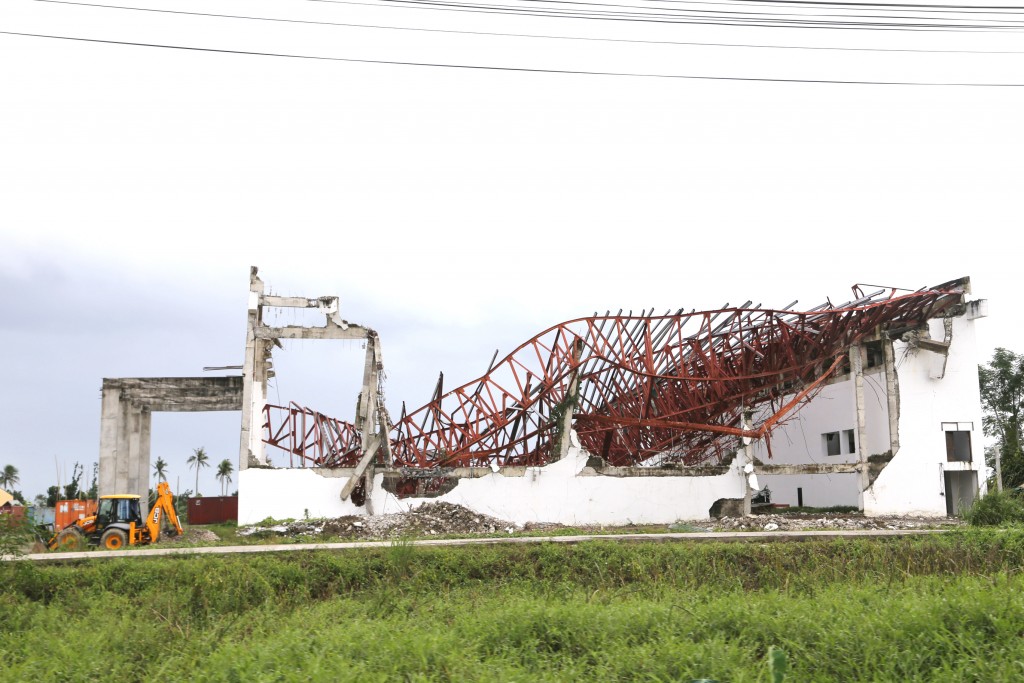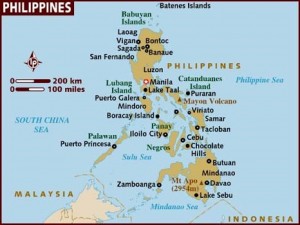How a Little Town Withstood a Giant Disaster
Filipinos are used to typhoons but nothing could prepare them for the massive toll taken by Typhoon Haiyan/ Yolanda. The deadly disaster took the lives of 6,300 people and impacted 11 million others.
The little Cebu town of San Francisco, though, fared astonishingly well. Its then vice-mayor, Alfredo Arquillano, anticipated that climate change could see disasters happen more often and with greater intensity. Mayor Al, as his people fondly call him, took action to reduce the risk his community could face.
It wasn’t altogether easy. His community, like many that are disaster prone, had limited financial resources and big problems. They faced disasters, yes, but also needed money to deal with chronic illness, resulting from poor sewerage, and with malnutrition. Which was to have priority?
![Photo credit: By World Economic Forum [CC BY-SA 2.0 (http:// creativecommons.org/ licenses/by-sa/2.0)], via Wikimedia Commons](https://www.crossroads.org.hk/wp-content/uploads/2017/07/1024px-Ban_Ki-moon_1-2-240x300.jpg)
Photo credit: By World Economic Forum [CC BY-SA 2.0 (http:// creativecommons.org/ licenses/by-sa/2.0)], via Wikimedia Commons
“We cannot eliminate disasters, but we can mitigate risk. We can reduce damage and we can save more lives.” Ban Ki-moon, United Nations Secretary General
Mayor Al set up a community group to determine them. They brought in fertilizers to increase their crops. They undertook a massive cleanup campaign to deal with the sanitation problem. Once that progress was made, they moved on to addressing disaster risk.
San Francisco put an affordable warning system in place. They designated their highest building as a refuge in case of flooding. They stockpiled food and other resources for emergencies. They had no money to build a sea wall for protection, but chose Nature’s own solution: mangroves. These plants can absorb water surges by up to 90%. The people set a goal of planting two million in two years.
All these measures are those recommended for Disaster Risk Reduction. They saw San Francisco safely through the typhoon and won the town the Sasakawa Award for DRR.
We learned of Mayor Al when the UNISDR (the United Nations Office for Disaster Risk Reduction) asked Crossroads to create a Disaster X-perience. Its director, David Begbie, visited Mayor Al and said, later, “Our challenge, as human beings, is that we have an optimism bias. We know disasters happen, but believe they will happen to someone else.
“The simulation helps us face the fact it could happen to you or me and asks whether we are doing enough, as Mayor Al did, to make lives and livelihoods secure?”

Philippines Snapshot
Population: 98,39 million
Capital: Manila
Population living below international poverty line of US$1.25 per day: 26.5%
Government statistics indicate that 1.57% of people in the Philippines are living with a disability. 97% of people living with disabilities are not being reached by the public school system.
Kazakhstan: Fair trade insights for teachers
Can students be taught the global inequalities of trade? Can they learn to understand how rural or urban producers often receive far less than their fair share of...
Online inspiration during Covid-19
"War, poverty, refugees, modern-day slavery. Many people look at global issues, and long to see change occur. But can one person’s...
Trading integrity for survival: The pressure of poverty
We often speak of our experiential programme that simulate issues such as the complexity of poverty. Read these words from a...


